The magnificent gardens at Benington Lordship, a blueprint for spectacular gardening without blowing the budget
Kathryn Bradley-Hole looks at how the owners of Benington Lordship, near Stevenage in Hertfordshire, have taken on a renowned garden and made it work for a new generation without straining budgets or needing endless time.
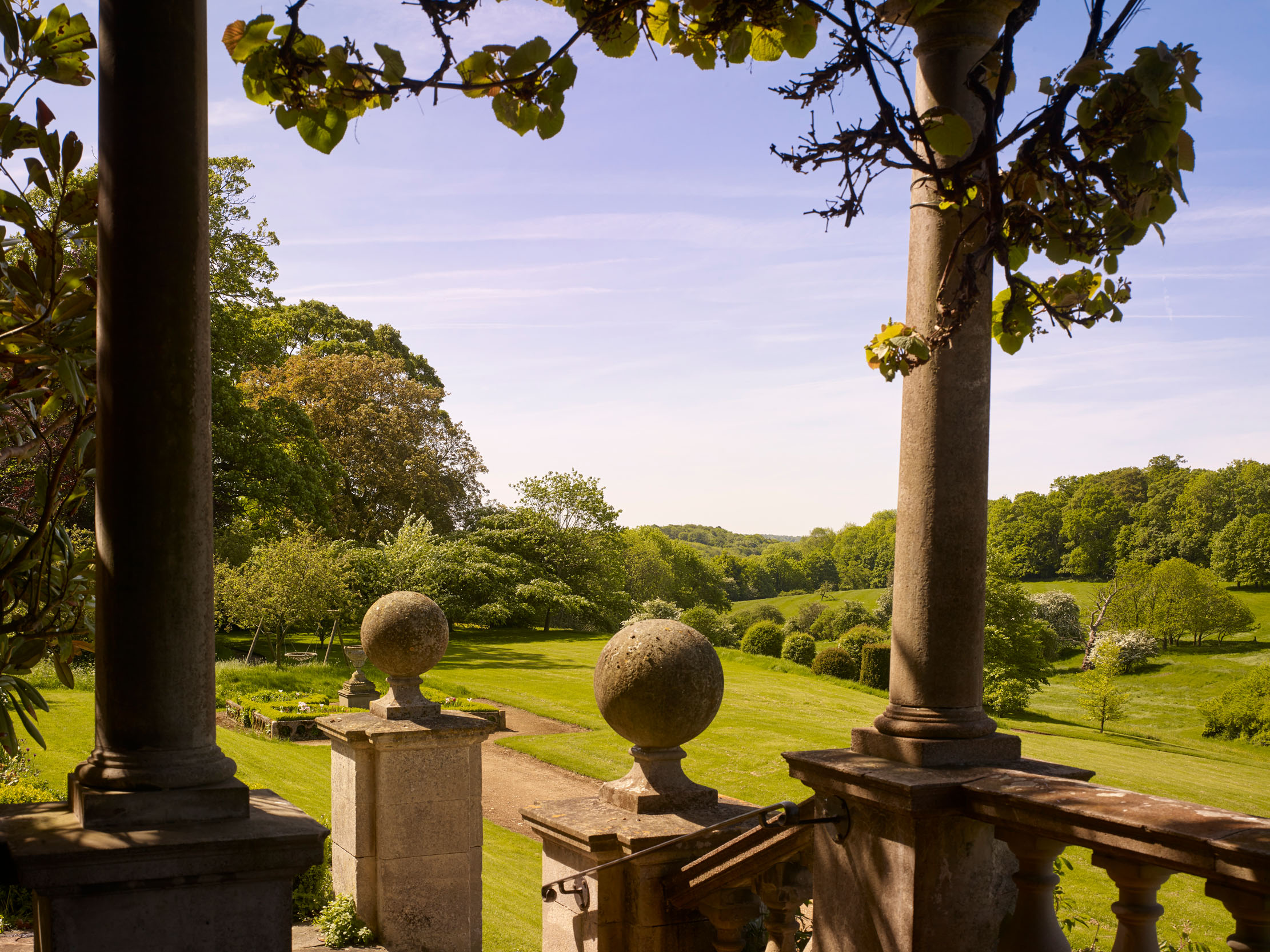

It lies well within the commuter belt, yet Benington Lordship sits in lovely country, seemingly deeply rural and timeless. The estate is very old indeed, traceable back to Saxon times.
Today, an 18th-century brick house and its gardens occupy the site of what had been a classic Norman motte-and-bailey castle. In a rather special way, traces of that fortification erupt here and there, as the pared-down remains of stout, flint walls set above a deep, dry moat, lying immediately east and south of the house.
It all provides a romantic backdrop for the gardens, the present form of which was laid out as long ago as 1905, by one Arthur Bott, a Staffordshire engineer who bought the property after a career building railways in India. His wife, Lilian, is credited with its refinements of planting in the Edwardian taste and her watercolours of various garden views, painted in the 1920s, show topiarised hedging, an elegant iron gateway leading to the walled garden and a spring border lit up by the clustered, orange bells of crown imperial fritillaries.
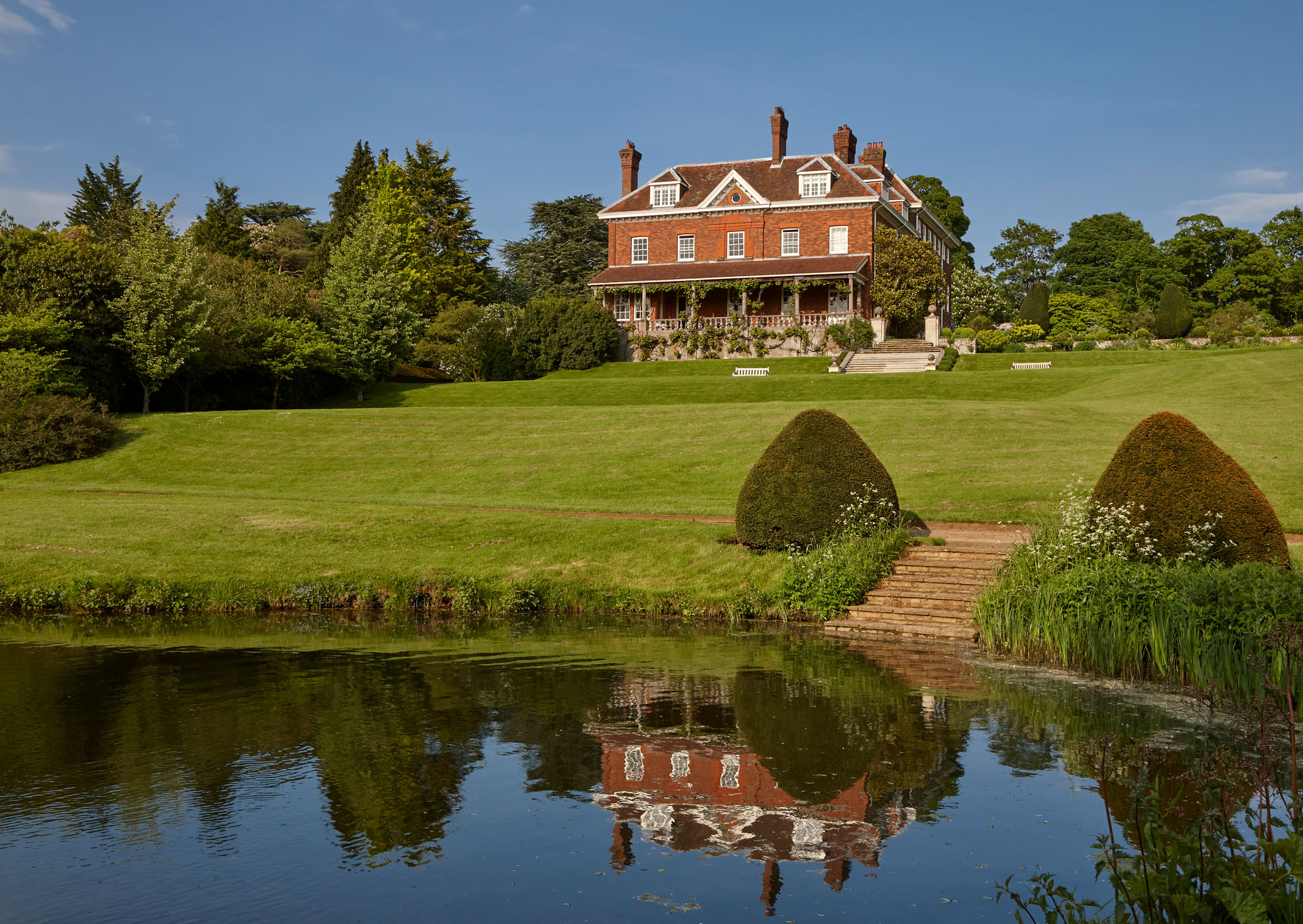
Since those days, the gardens have enjoyed continued renown; they were among the first to open for the National Garden Scheme in 1927 and several generations of Botts have been involved.
The garden’s numerous features include a lake, a spring-fed rockery, vast double herbaceous borders and the above-mentioned walled kitchen garden — all wonderful things that indicate earlier days when labour was cheap and widely available.
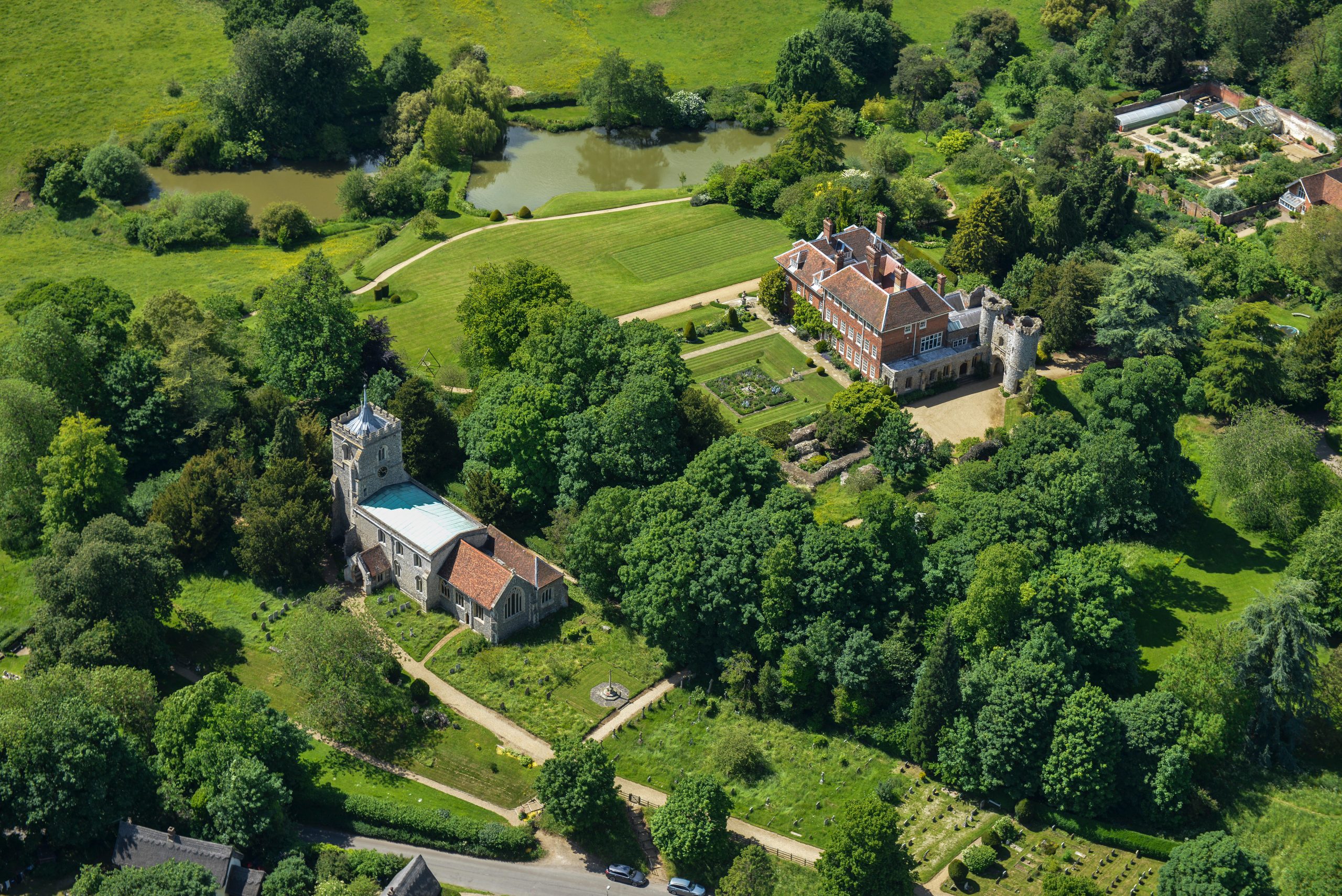
Nevertheless, as with so many gardens, those at Benington saw some decline in the mid 20th century, with its long period of wartime deprivations and loss of staff. Repairs and replantings were needed by the 1970s, when Harry Bott (Arthur’s grandson) and his wife, Sarah, took over. They set about the garden’s reinvigoration with gusto, earning it a place in The New Englishwoman’s Garden (published in 1988, and the third in a popular mini-series of lavishly illustrated volumes, edited by Rosemary Verey and Alvilde Lees-Milne).
The book’s colour photos reveal how much attention must have been devoted to the gardens to revive their Edwardian grandeur, to some extent as far as was reasonably possible. Sarah revealed at the time: ‘We were full of enthusiasm and luckily ignorant of the headaches it would give us, or we would probably have turned the cows out into the garden straight away.’
Sign up for the Country Life Newsletter
Exquisite houses, the beauty of Nature, and how to get the most from your life, straight to your inbox.
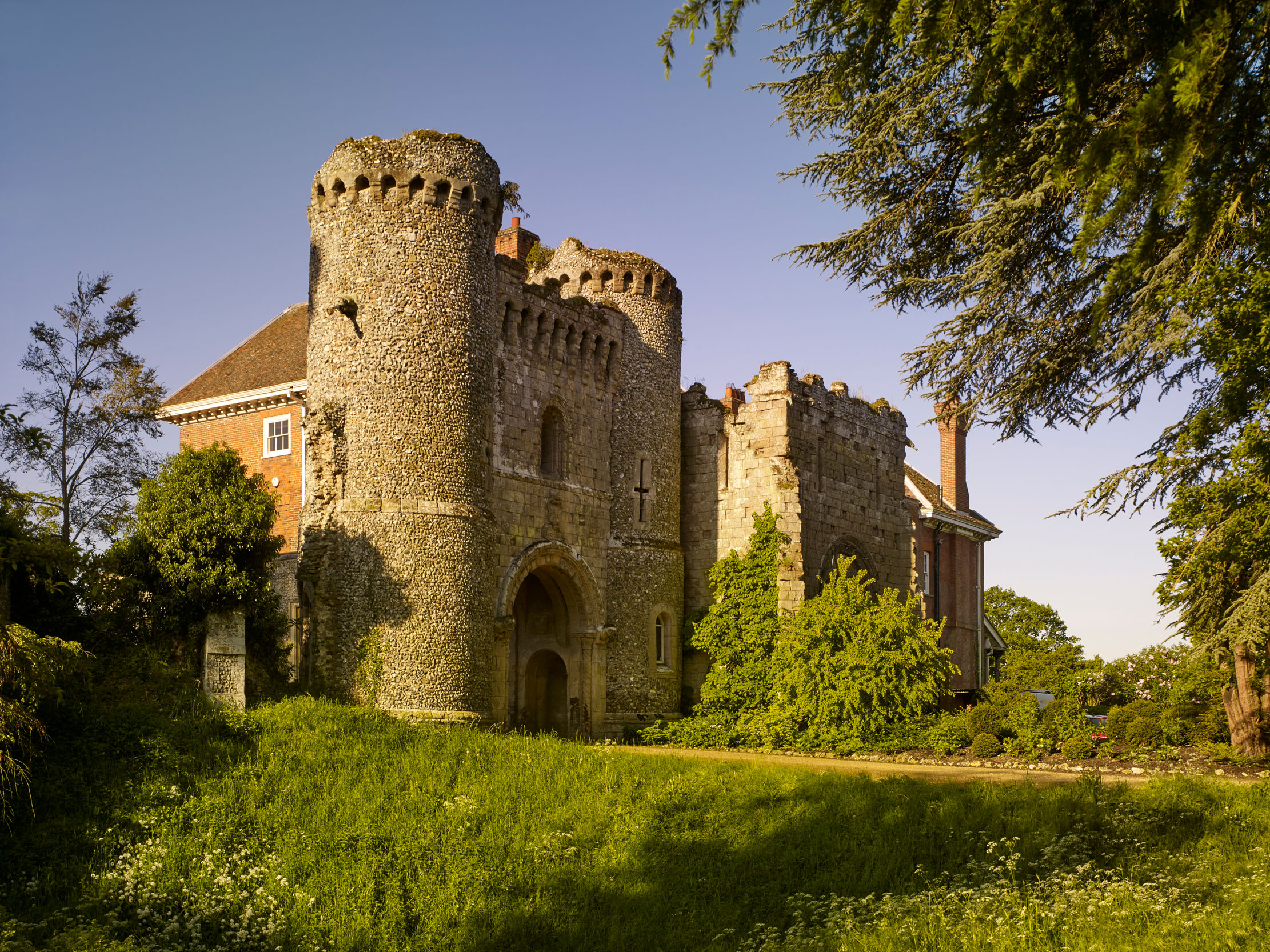
Today, Arthur and Lilian Bott’s great-grandson, Richard, lives at Benington with his wife, Susanna, and their family, having taken it on in 2005. ‘The children were two, three and five, so for some while we didn’t spend a great deal of time tending the garden!’ recalls Susanna.
‘It’s only recently that we have focused on it a little more. When we took over, we decided, because it is a family home, we didn’t want to be overly commercialised.’ Things are, therefore, necessarily simpler and, indeed, fashionably wilder in parts, than in Sarah’s day.
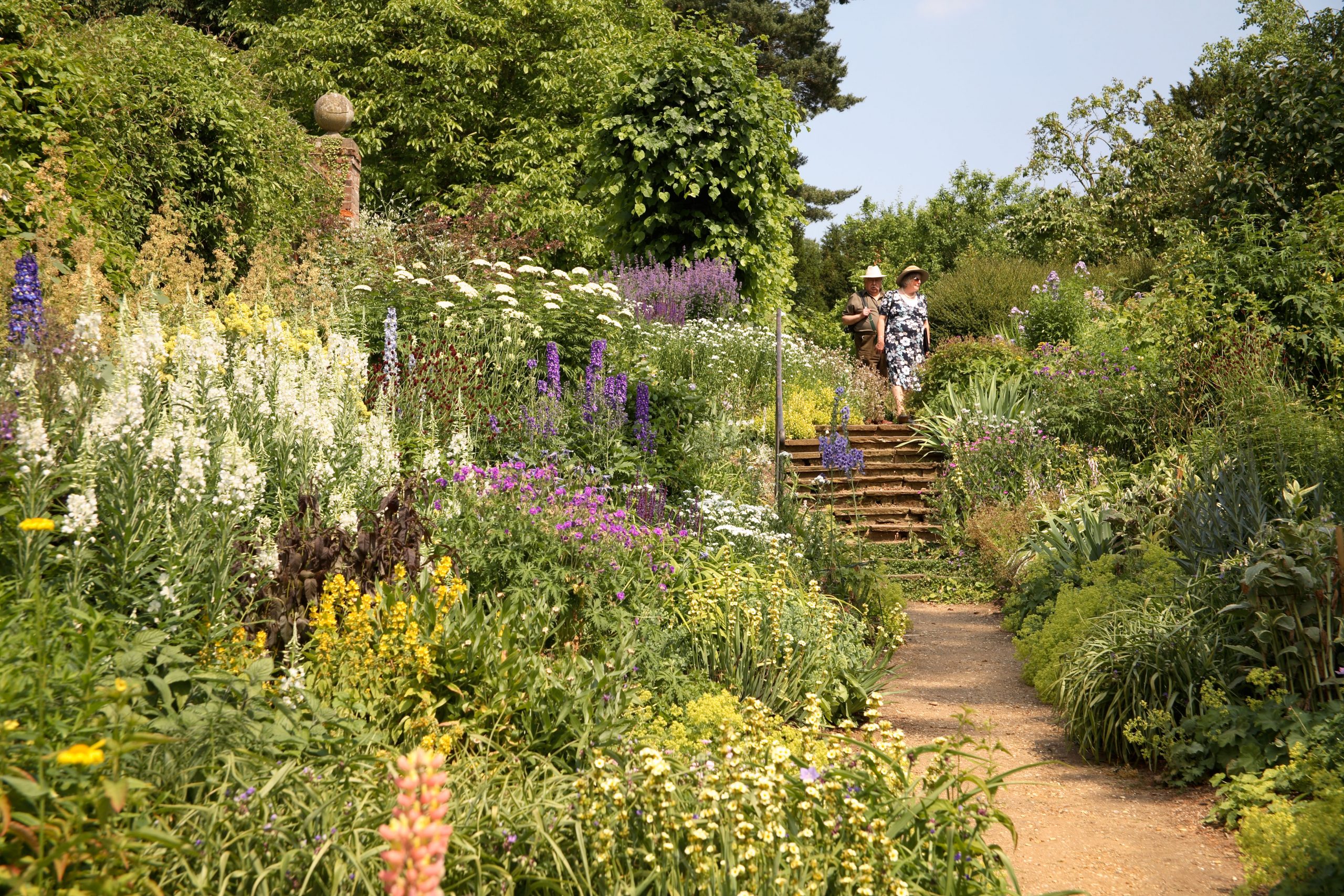
Having no permanent help presently, their long-serving gardener having retired recently, Susanna and Richard do what is realistic for them, focusing on the snowdrop openings in February, followed by the freshness of spring blossoms and bulbs, with a late-season flourish in August, for a popular chilli festival. ‘Between 5,000 and 8,000 visitors come to the Chilli Festival, which is about the same number as we get at snowdrop time,’ says Susanna.
‘As we’re doing it all ourselves at the moment, we decided to focus on those events, rather than having it open regularly through the summer.’
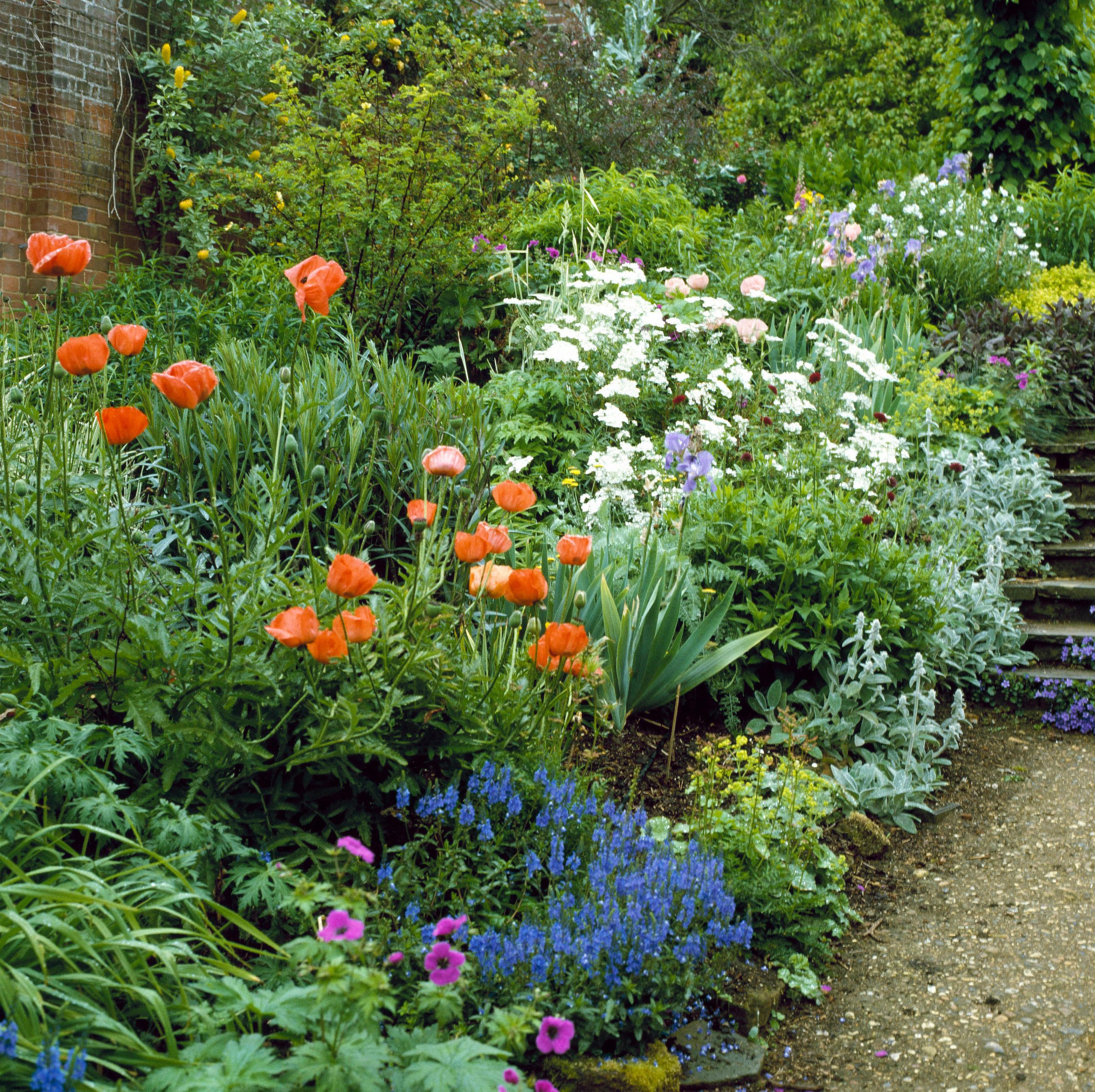
In spring, the vicinity of the moat continues with a white theme as the sheets of snowdrops are taken over by Queen Anne’s lace and the aromatic flowerings of wild garlic, Allium ursinum. Pass into the courtyard and beyond, where the Pulhamite follies are located, as are the original Norman structures, and you are greeted with a magnificent white magnolia, blossoms of cherry and underplantings of white-flowered pheasant’s eye narcissi.
South of the house, the beautiful parkland views start to become apparent, rolling away in the distance where the land drops into the gentlest valley to the west, then rising up again to woods on the western horizon, preceded by pastures studded with magnificent ancient oaks. It is easy to see why generations down the centuries have been spellbound.
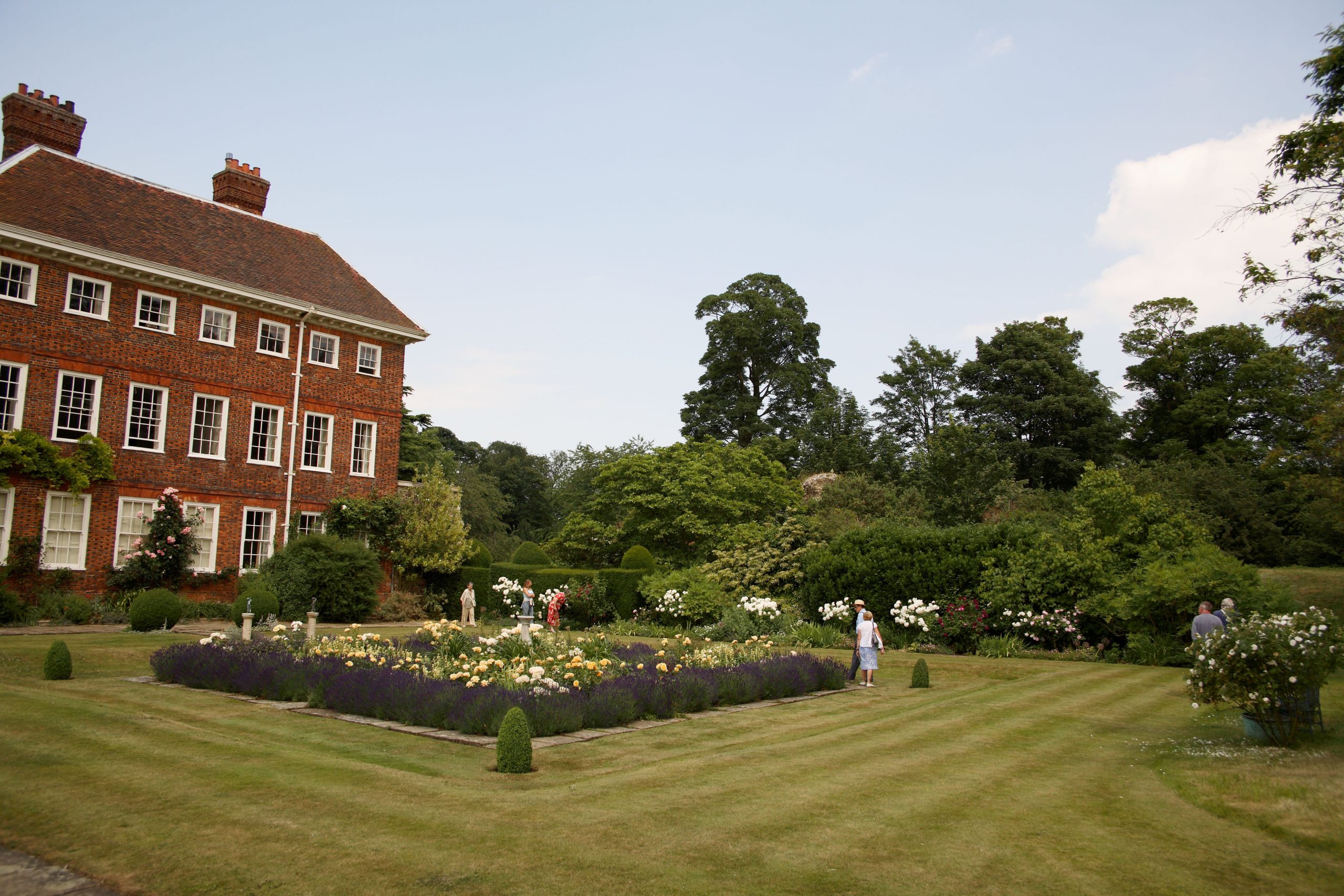
Previously, there was on this south side of the house quite a substantial and complex sunken garden of roses and bedding dating from the Edwardian age. Today, the rose garden is somewhat reduced in size and greatly simplified from the original. Its box-edged beds and stone pavings create a symmetrical design around the original sundial, but its spring appeal has been ratcheted up with the addition of graceful silver-leaved pears (Pyrus salicifolia Pendula) at the four corners and the beds infilled with masses of colourful tulips.
Spring is also the focus of a long bed marked at intervals by clipped, old Irish yews and a multitude of low boxwood domes. These are interplanted with masses of tulips, alliums, emerging herbaceous flowers and the fresh yellow-green flowerheads of Euphorbia characias subsp. wulfenii.
‘This area of the garden is the most important part for us,’ says Susanna. ‘The roses were here already, but we have added grasses and salvias. It has a lot of bulbs in it, as well as foxgloves, alchemilla, geraniums and so on. It’s pretty and soft, and herbaceous and easy, which is important, because the soil here is terribly shallow.’
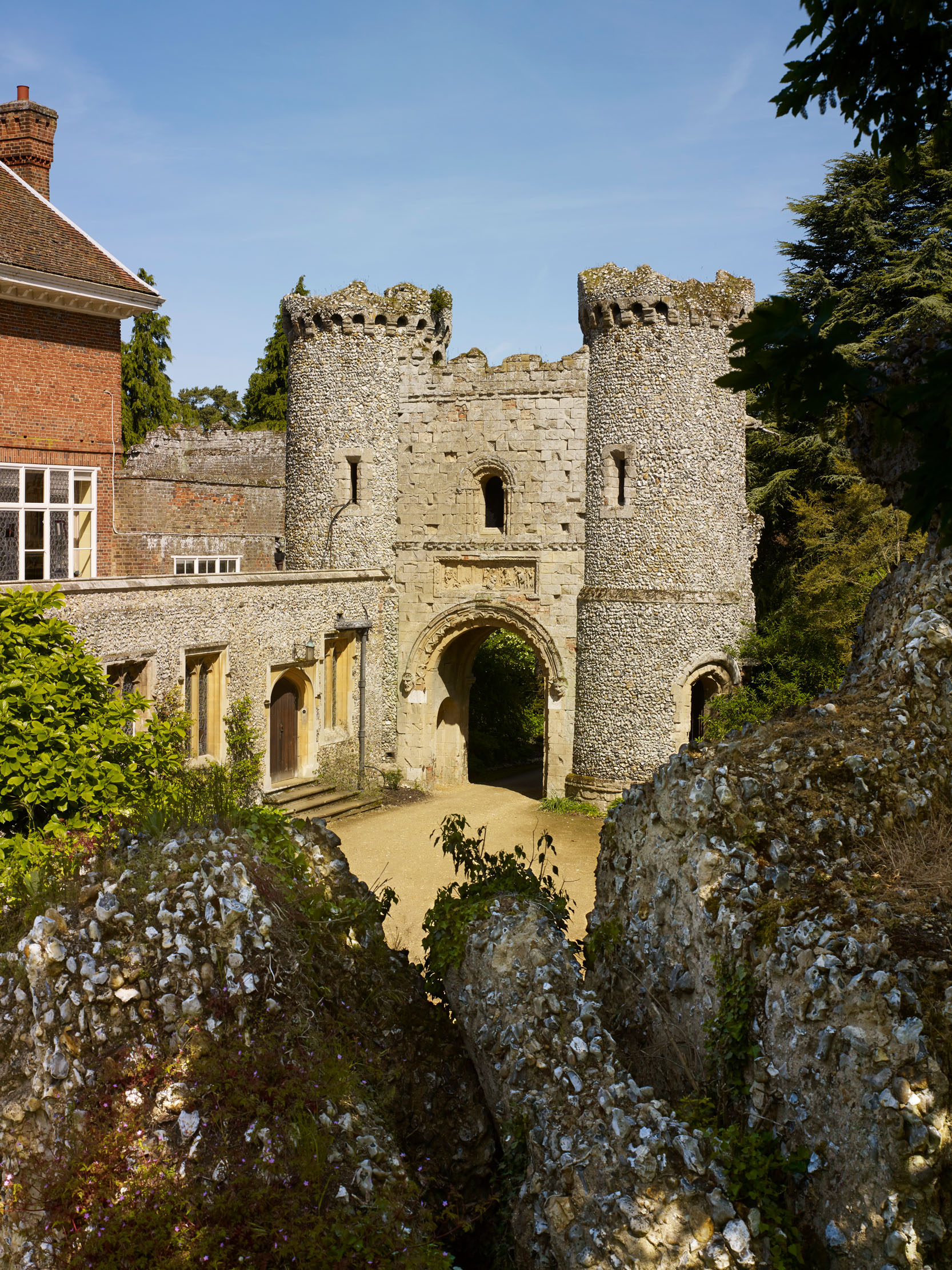
Before the leaves of the big trees fully expand, this area enjoys the wonderful backdrop of the square-towered, medieval church of St Peter, whose history (although not its structure) predates that of the Norman Conquest.
Linked ponds fill the gentle valley bottom along the western side and above it, hidden by trees, is the old rockery, through which a spring feeds into the pools below. It would be easy to get pleasantly lost among the meandering little paths between the shrubberies and mature trees near the old walled garden. The latter is a work in progress, says Susanna, and a redesign has just been implemented, following the clearance of what had been becoming a wilderness.
Susanna is also pondering how to manage in the long term the enormous herbaceous borders outside the high south wall. She is certainly not alone in wondering how best to manage a large, old garden in the future, without the teams of staff that originally created and maintained it, but focusing on its strengths, such as snowdrops and the beauty of spring, is a most promising start.
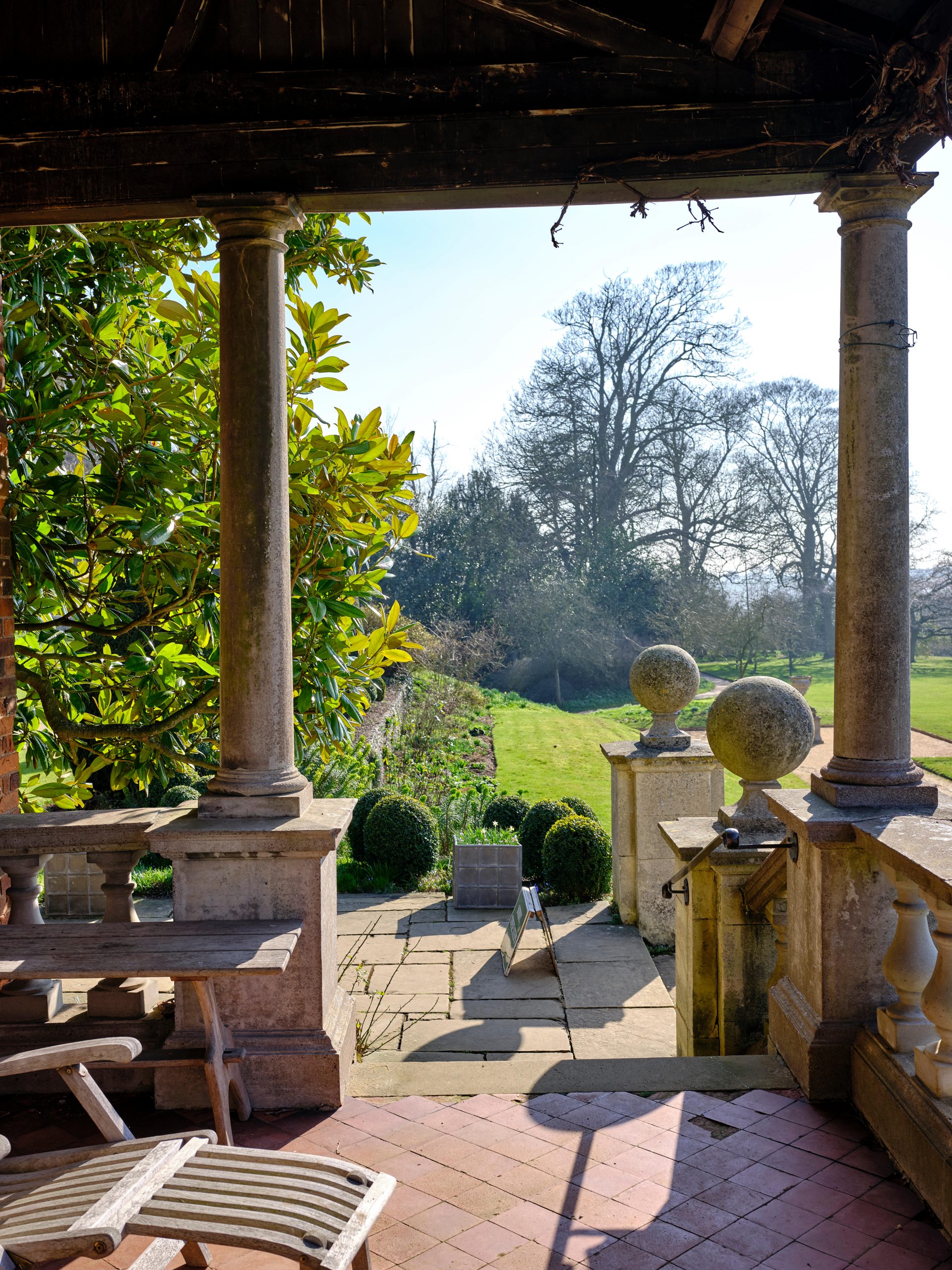
How to manage a huge garden on your own: Best tips from Benington Lordship
Frequently, today’s garden owners’ priorities are different from those of their forebears. If you want to reduce a garden’s demands on your time and purse, there are a number of options.
- Grass over areas that are too complicated or demanding to maintain, or reduce their size to a manageable level, as the Botts have done at Benington Lordship.
- Regularly mown and edged lawns and trim hedges always give a garden a neat and managed appearance; these are things to keep up to speed. The fashion for meadow grass means some expanses may be left unmown, if desired, through spring and summer, but create mown paths around and through such areas, so that it looks intentional.
- Call in professionals, if necessary, to remove dying or dead trees and stumps. Attempting to cover a sawn-off stump with climbing plants is never a good idea; it simply draws attention to a job that needs to be done and stumps can harbour honey fungus.
- Borders infested with perennial weeds need their plants removed and the weed problem should be tackled head-on, either with glyphosate(if speed is required) or digging out emerging weeds over several seasons, if a chemical-free approach is preferred.
- Beware of fast-growing climbers on house walls. Wisteria, for example, is classically beautiful, but extremely high-maintenance and will prise off gutters and roof tiles if it is not regularly managed from a high ladder.
For more information on opening times, visit www.beningtonlordship.co.uk
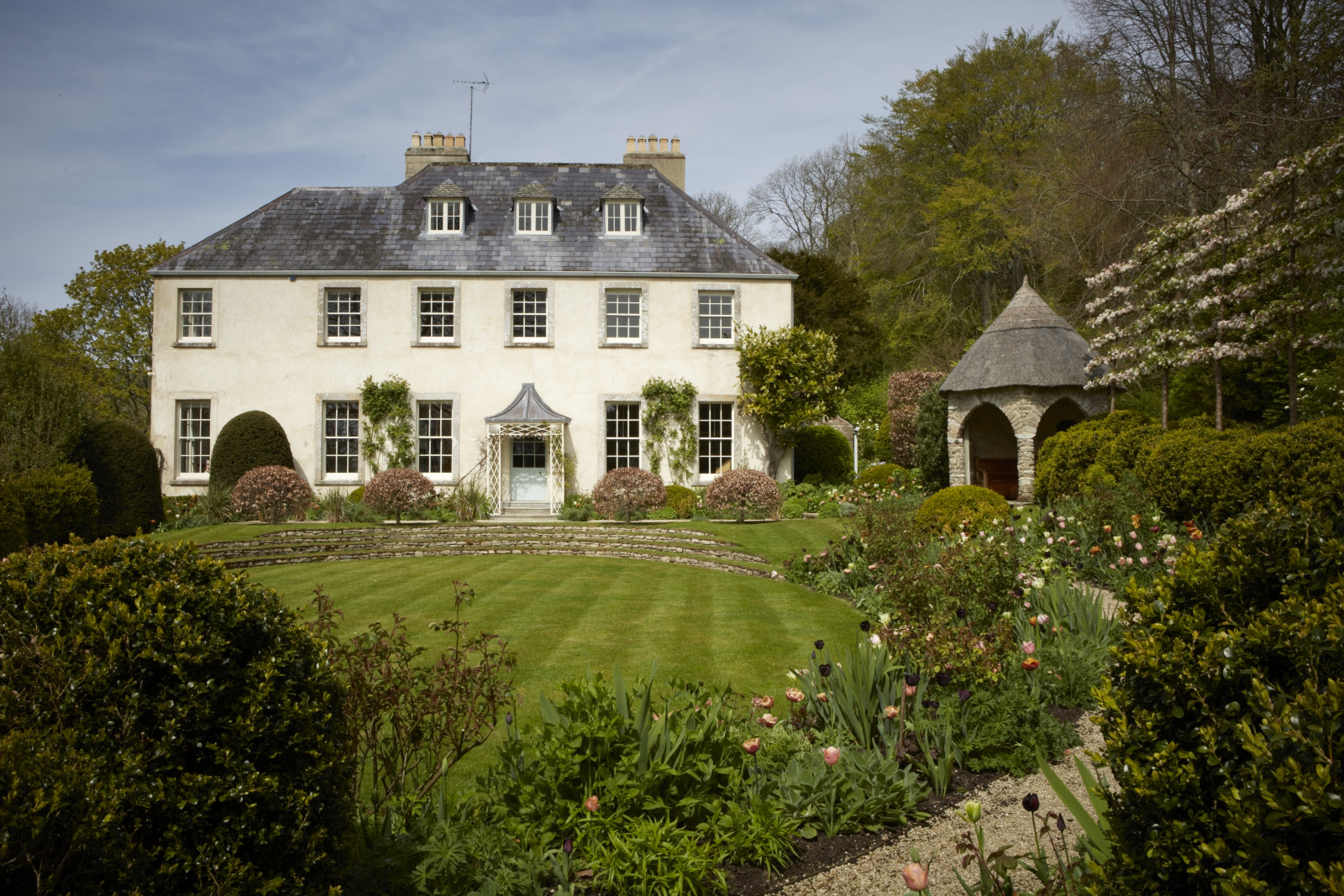
The gardens at the Old Rectory in Litton Cheney, where formal and informal come together in harmony
The Old Rectory in Litton Cheney, Dorset has four acres of gardens with many and varying elements, all drawn beautifully
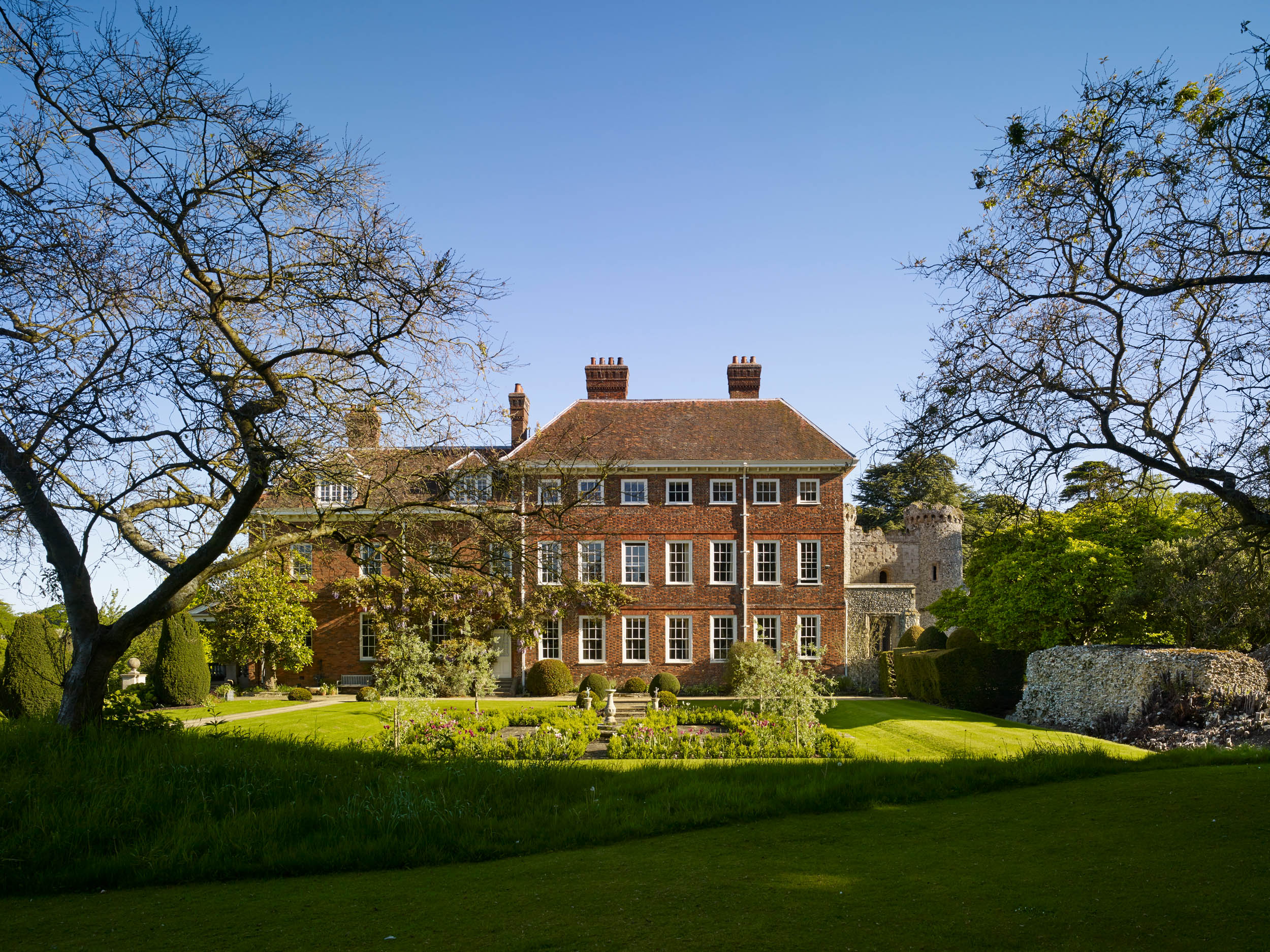
Benington Lordship: From medieval castle to comfortable home – and back again
The Benington Lordship in Hertfordshire started life as a medieval castle, but has been transformed over the centuries into a
-
 'Monolithic, multi-layered and quite, quite magnificent. This was love at first bite': Tom Parker Bowles on his lifelong love affair with lasagne
'Monolithic, multi-layered and quite, quite magnificent. This was love at first bite': Tom Parker Bowles on his lifelong love affair with lasagneAn upwardly mobile spaghetti Bolognese, lasagne al forno, with oozing béchamel and layered meaty magnificence, is a bona fide comfort classic, declares Tom Parker Bowles.
By Tom Parker Bowles
-
 Country houses, cream teas and Baywatch: Country Life Quiz of the Day, April 24, 2025
Country houses, cream teas and Baywatch: Country Life Quiz of the Day, April 24, 2025Thursday's Quiz of the Day asks exactly how popular Baywatch became.
By Toby Keel